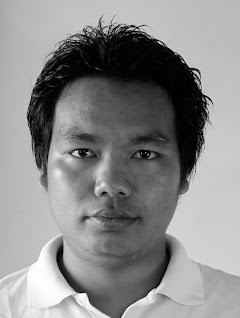Beat
I cover all sorts of events in Myanmar: politics, social stories, daily life, protests and conferences.
One Shot

“Aung San Suu Kyi is not only the daughter of Myanmar independence hero Gen Aung San, she is also the most important person in the country’s transition from military rule to a democratic system. As a photojournalist, it is not easy to get a good photo of her among her thousands of supporters and her bodyguards. Despite these difficulties, I think this photo shows a lot of action and is the best picture I have taken of her.”
Profile
One of my first memories of photography is a picture I took in 2006, showing Buddhist monks collecting alms in the early morning mist. I now think it isn’t such a good photo, but I had quite a different feeling at the time when I took it. I felt I had taken a great photo, and I printed it and gave it to many of my friends as a present.
I learnt photography by collecting and looking again and again at pictures I liked by other people. Senior Reuters photographers have been important teachers to me too.
My first assignment was on the anniversary of the Nargis cyclone, which struck in May 2008 and killed over 130,000 people. One place that holds memories of that tragic event is a lake where lotus plants grow near fields of salt. The moment I arrived there, I could feel the sun on my head and it was really hot. I wondered if someone would come to fetch water. After waiting for two hours, a girl did come and fetch some from the lake. My photo of her was published on the front of the International Herald Tribune. I was tremendously delighted, because it was my first assignment.
The story that left the biggest mark on me was the sectarian violence between ethnic Rakhines and Rohingya Muslims in Myanmar. On both sides, there are people who behave badly and people who have nothing to do with the disputes and riots - especially elderly people and children. These victims suffered painfully from the problems. I felt really sorry for them.
I take pictures for everyone who is going to see them: newspaper readers, those who watch television, those who explore websites, editors and – if the subject of the picture is a person – the person himself.
The biggest lesson I have learnt is the importance of the truth. As a reporter, it is necessary and important to tell the true story. In normal conditions, it is not difficult to find out what the truth is. But sometimes it is harder. I’ve learnt that during times when problems break out, both sides hate those who tell the truth.
The person I respect most is my mum - a brave old lady who gave birth to me, brought me up, took care of me, and even today, is still looking after me. She’s the one who always loves me!
I'm proud of my job because I know that the picture I take today is tomorrow's history.
Behind the Scenes


